This vanilla matcha latte is made with matcha powder, frothed (dairy or non-dairy) milk, and vanilla. Serve it hot or over ice!
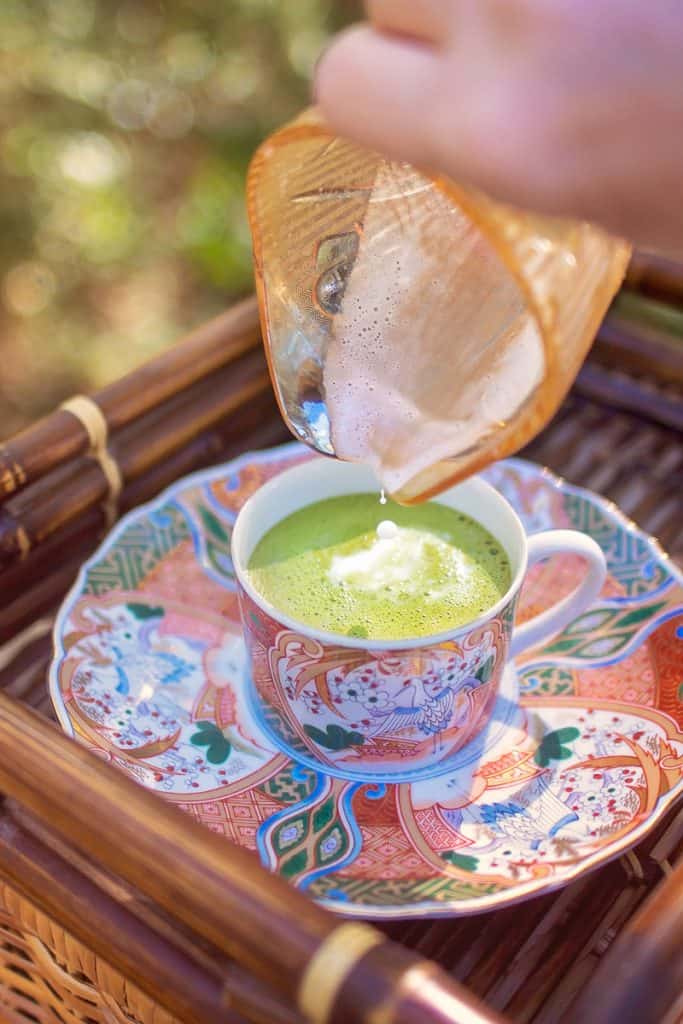
By: Nicole McKinney of Tea on the Trail
You’re starting to see the green stuff everywhere. In coffee shops. At the supermarket. Matcha is trendy, healthy and delicious.
But what actually IS it?
Simply put: Matcha is powdered green tea leaves, such as premium Japanese gyokuro.
Just before harvest, the plants are shaded for a few weeks. The result is maximum sweetness and chlorophyll. This also makes matcha legendarily nutritious.
Finally, the leaves are steamed and milled into powder.
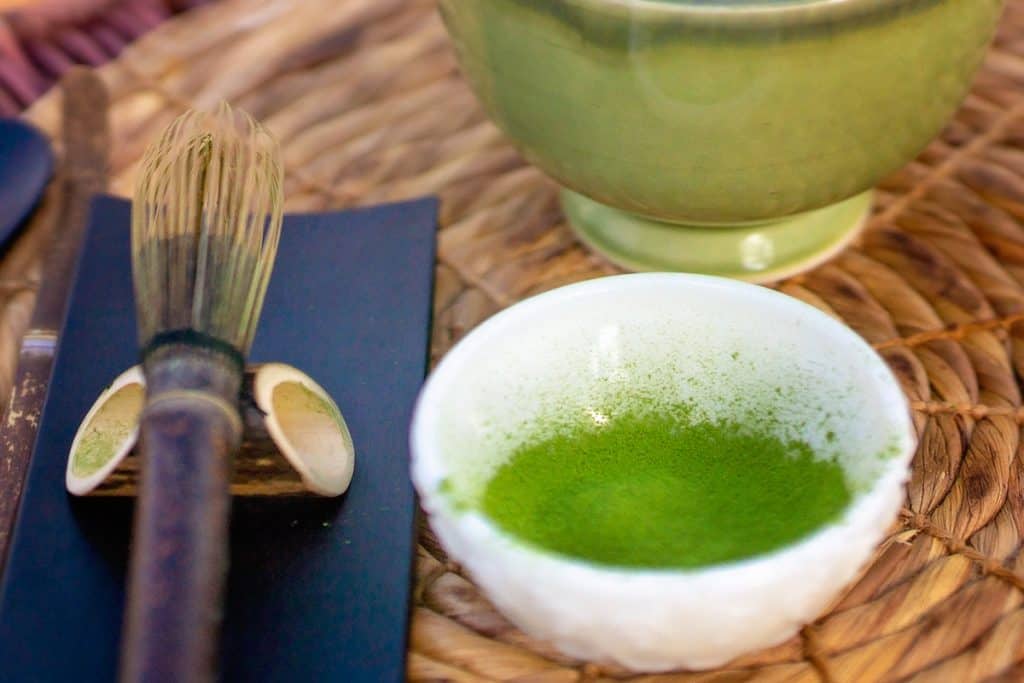
There are a variety of ways to drink it, including as a vanilla matcha latte!
In this recipe, you'll combine matcha with a little nut or dairy milk, some vanilla extract and the sweetener of your choice to make a delicious hot (or iced) beverage!
What Kind of Matcha Should I Use For A Latte?
It’s not at all difficult to brew your own matcha from the powdered leaves at home.
You won’t need a teapot, or even an infuser, because the leaves are whisked directly into the water!
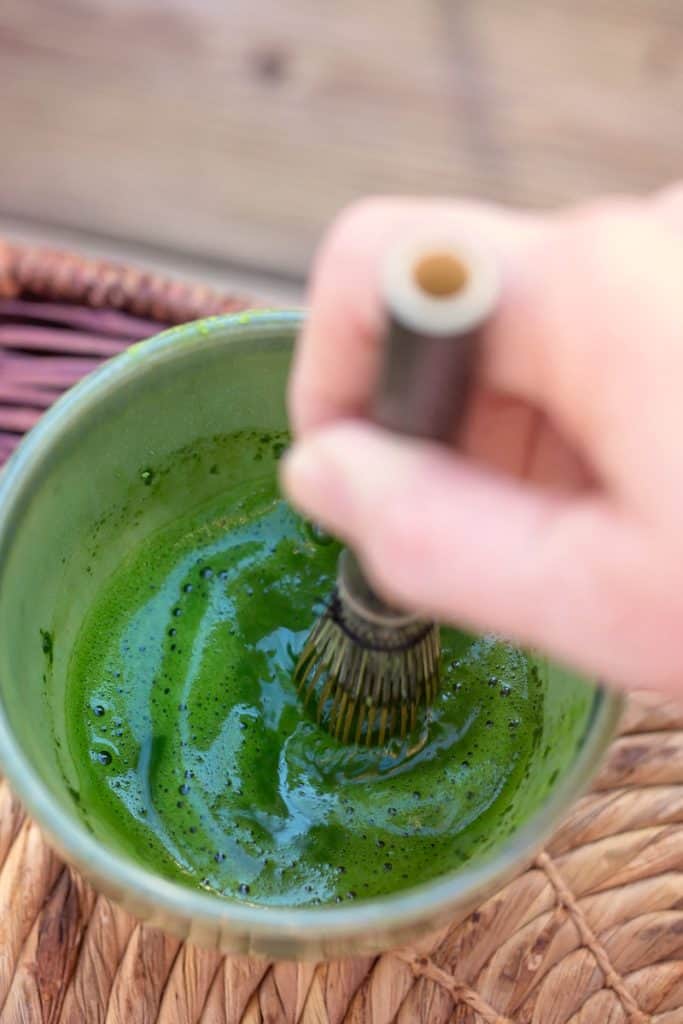
The best matcha comes as powder in airtight packaging, which can get stale very quickly. So it’s a great idea to store unopened (completely airtight) packages in the freezer.
It’s actually the only tea I would recommend for freezer storage!
How can you select the tastiest matcha? I prefer organic, ceremonial grade matcha, since we are consuming the actual tea leaves.
A few of my favorites are Naoki Matcha, Smile Tea Matcha, and DoMatcha.
Want to make a latte with black tea? Try this beet latte with rose!
Can I Use Flavored Matcha?
I love flavored matcha on its own, but for this vanilla latte, I recommend sticking with a traditional matcha instead of flavored!
Can I Use Bagged Matcha?
Some matcha comes in tea bags. But that is merely an imitation of the actual matcha experience!
I would always recommend going with the powder.
Matcha can be so delicious. Or it can be undrinkable.
So until you have tasted good matcha and can pinpoint the flavor you're looking for, I suggest you do not cut corners.
What About Culinary Grade Matcha For a Latte?
Culinary grade matcha is marketed for lattes, but I don’t recommend it. It is better suited to fruit and matcha smoothies, baking, or even ice cream.
Why? Lower grade matcha has stronger undesirable flavors, bitterness, or even possibly a fishy taste!
The label “ceremonial grade” is not necessarily a guarantee that it will be the best flavor possible.
Is Matcha High in Caffeine?
Matcha does pack some caffeine in that beautiful green package.
A teaspoon of matcha has 40 to 80 milligrams of caffeine, while an 8-ounce cup of brewed coffee has around 95 milligrams.
So yes, matcha has less caffeine than coffee, but it can add up quickly. So measure carefully! Even when you are diluting matcha in a smoothie or latte, proportion the matcha with care.
It’s worth noting, however, that, according to some scientific studies, the L-Theanine present in matcha affects how your body metabolizes the caffeine. Because of this, many people evidently do not experience caffeine jitters.
How to Make a Hot Vanilla Matcha Latte
Make the Vanilla Milk:
Begin by heating the milk. You want it just warmed, or “stretched,” not boiled. A few bubbles on the surface of the milk tell you when it’s ready.
Add vanilla and sweetener to the milk if desired.
If making an iced latte, you could optionally do this step ahead of time and store milk in the fridge until you're ready to make the latte.
Froth the milk:
Use a handheld milk frother to whip and blend.
Let the milk mixture rest while you make the matcha.
Make the Matcha:
Note: there are several traditional schools of matcha practice. The ceremonial steps can be complex and have deep significance.
But let's keep this simple. This recipe will only include steps that directly improve the flavor of your matcha. I’ll tell you the reasons why, as we go along.
You’ll need a simple set of matcha tools: A bamboo whisk, a fine sieve like the one in this Jade Leaf starter set, and a small matcha bowl.
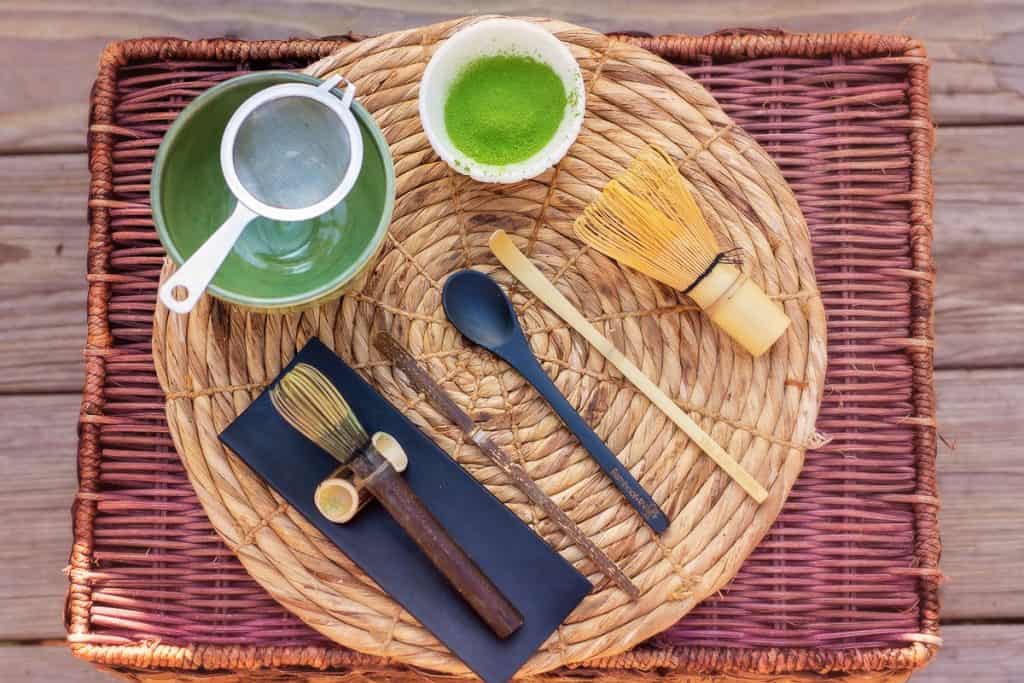
I encourage you to use a traditional bamboo scoop, but a teaspoon measurement will do.
Note: you can use a metal whisk, to start, especially if you are making a latte. But be aware that bamboo yields the very best flavor.
Water temperature will be very important, so you need a way to measure it. Use a digital thermometer or a variable temperature kettle.
Pro tip: the water should be just around 170 degrees Fahrenheit. You can experiment plus 5 or minus 10 degrees to see how you like it.
Cooler water creates a richer foam. Consider anything above 180 degrees to be the “kill zone” — it will make your matcha so bitter that you can’t imagine anyone drinking the stuff!
As your water heats up, pour a little bit in the bowl to warm it up. If you’d like, swish the whisk in the warm water to warm and soften it. Then, drain and dry the bowl.
Drying the bowl prevents clumping once you put the matcha in.
Scoop 1 teaspoon (or 2 traditional bamboo scoops) of matcha into the sieve, and use the spoon to gently sift all the matcha into the bowl.
Sifting the matcha eliminates the dreaded gritty texture.
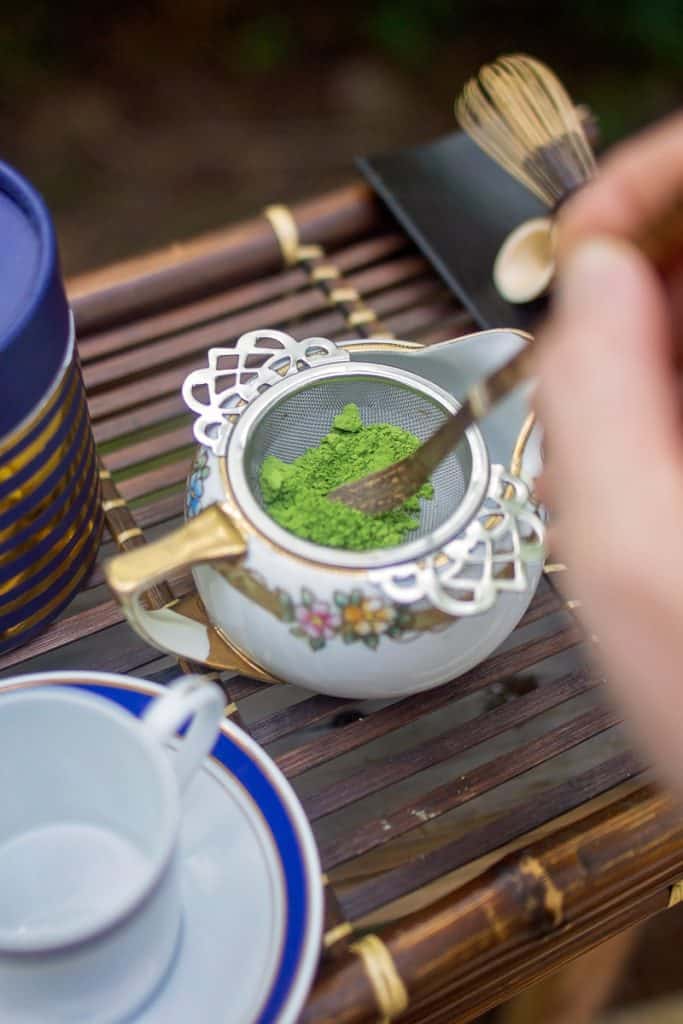
Then, gently pour 3 to 4 ounces of 170-degree water into your bowl.
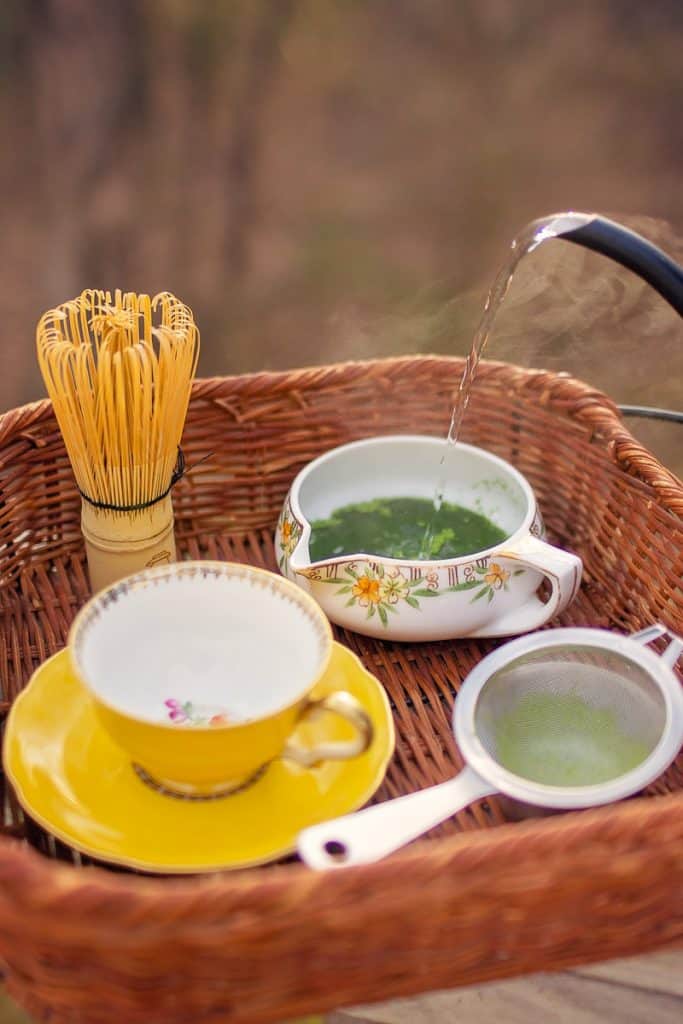
As you hold the bowl with one hand, whisk the tea with quick, W-shaped motions. Keep whisking.
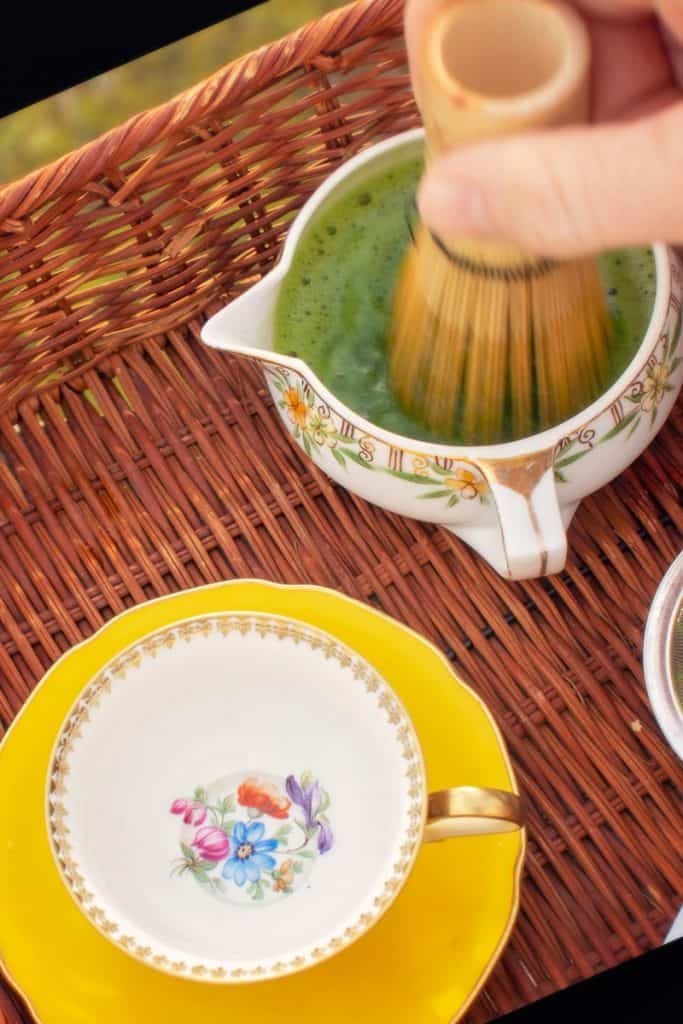
Watch the beautiful matcha foam begin to form. Whisk a little longer, maybe 20 seconds total.
Finish with a C-motion around the sides of the bowl. Aerating the matcha in this way releases the aroma and flavor.
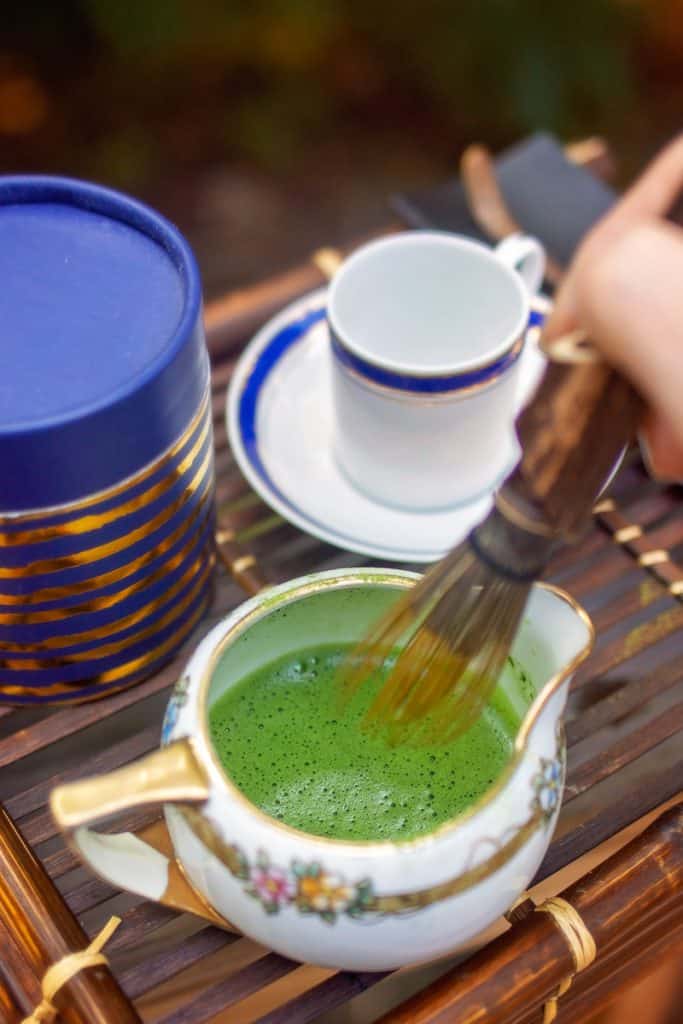
The tea leaves are directly incorporated into the water, so they brew lightning fast!
Finish the latte:
Next, simply pour the milk mixture into the matcha.
Matcha becomes too bitter to enjoy if left for very long, so be quick about mixing it with the milk!
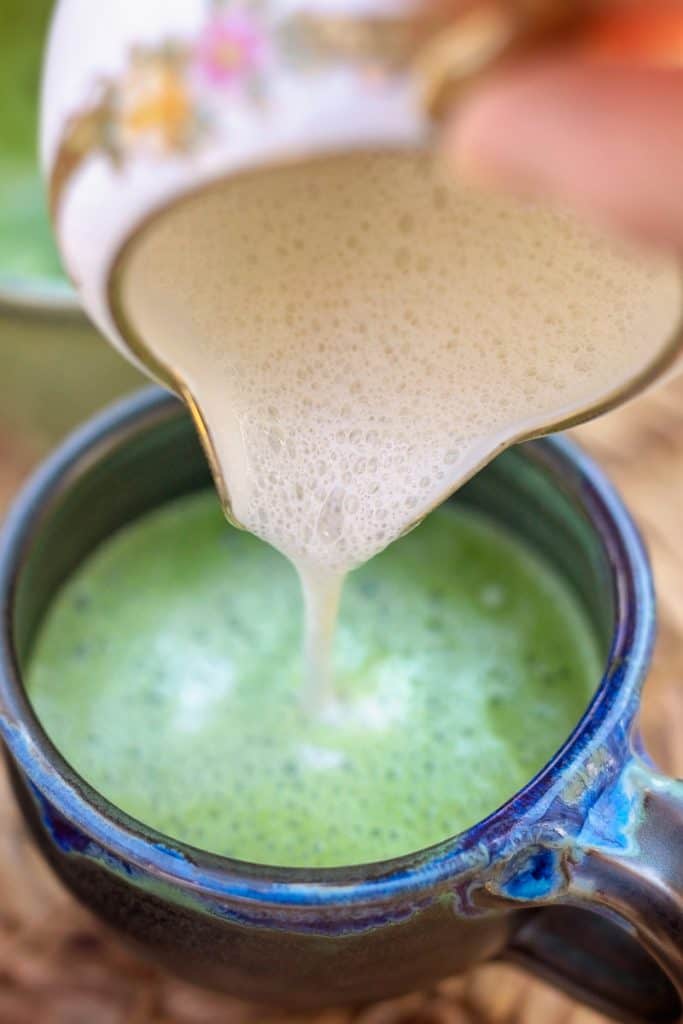
Then serve immediately.
Dairy and non-dairy milks work equally well, and creaminess will vary. The Ripple plant-based milk I used was particularly luxurious!
But the flavor also stood up beautifully when I thinned it with a couple ounces or so of warm water.
How to Make an Iced Vanilla Matcha Latte
Heat the milk and add the sweetener of your choice and vanilla, as described above. Then use a milk frother to whip until foamy.
Follow the steps outlined above for brewing the matcha.
Fill a glass with some ice. As soon as the matcha is brewed, pour the matcha over the ice.
Then pour the milk mixture into the iced matcha, and enjoy your iced vanilla matcha latte!
Interested in learning more about other types of tea? Check out my tutorials on loose leaf vs. bagged tea, how to brew loose leaf tea, and how to brew herbal tea!
Vanilla Matcha Latte
Equipment
- Digital thermometer or variable temperature kettle
Ingredients
- ¾ cup milk dairy or unsweetened plant-based
- ½ teaspoon sugar (or use agave syrup, honey or sweetener of choice)
- 1 teaspoon matcha (ceremonial grade)
- 4 ounces water plus extra to warm the matcha bowl
- 1 teaspoon vanilla extract
- 1 cup ice (if serving latte iced; amount approximate)
Instructions
Prep the Milk:
- Heat milk until it is warmed (do not boil). Whisk vanilla and sugar into to the warm milk. If serving an iced latte, this step can be done ahead of time. Refrigerate sweetened milk for up to 3 days before proceeding.Next, use a handheld milk frother to whip until foamy. Set aside.
Prep the Matcha:
- Use a saucepan or tea kettle to heat water to 170 degrees Fahrenheit.Pour a little of the heated water into a small bowl to warm it. Then drain and dry the bowl.Scoop matcha powder into the sieve, and use a spoon to gently sift all the matcha into the small bowl.
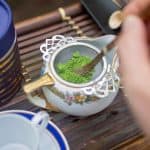
- Pour 3 or 4 ounces of heated water over the matcha.Whisk the matcha and the water for about 20 seconds with quick W-shaped motions until a foam develops.
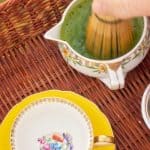
Make the Latte:
- Pour the milk mixture into the matcha.
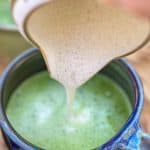
- For an iced latte, prepare a glass by filling with ice. For a hot latte, get a teacup or mug ready.Pour the combined milk and matcha mixture into the glass or mug, and serve right away.
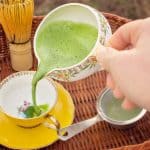

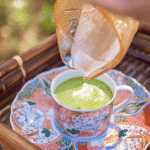
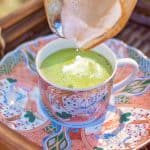
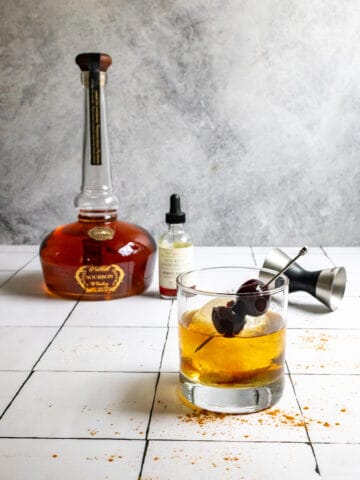
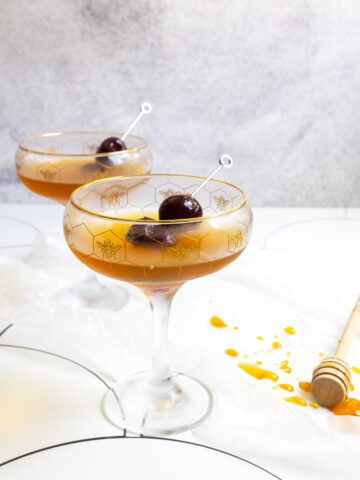
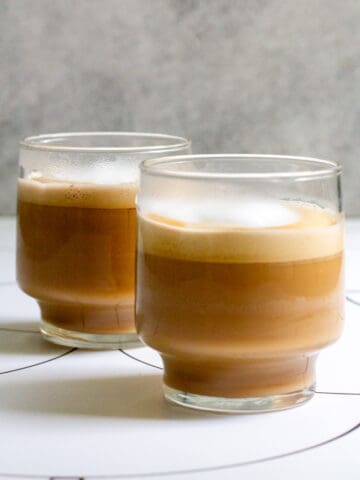

Leave a Comment: